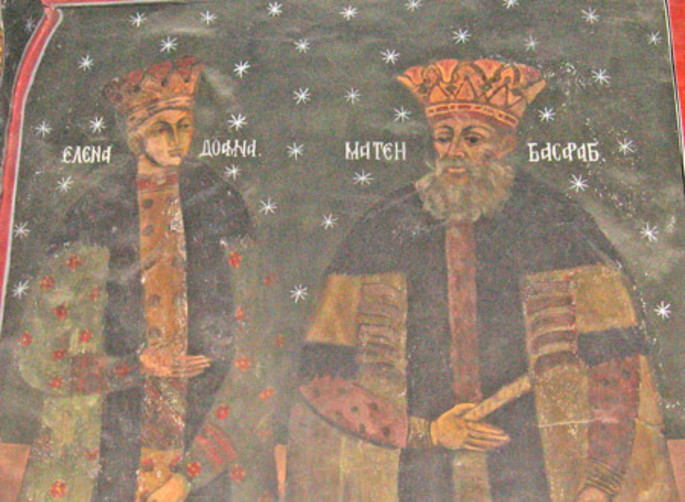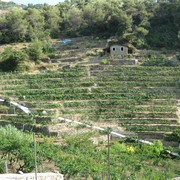Founded by the voivode Peter the Younger - son of Mihnea and of Lady Chiajna - in 1564, Plumbuita Monastery has a troubled history. The settlements becomes a cultural and historical reference monument starting from the late 16th century. In 1573 the first printing press in Bucharest is established here, by courtesy of the voivode Alexander II, while in 1582 the first printed books appear in Bucharest: two Tetraevangelions and one psalm book.
However, the church suffers severe damages in 1595, and in 1614 is severely affected by a fire. Consequently, in 1647, it is rebuilt from the foundation, by order of the ruler Matei Basarab. The defensive walls are strengthened and a new building is added at the same time. During the Revolution of 1848, the monastery is transformed into a political prison, without the agreement of the ecclesiastical authorities. After the Secularization Act, during the rule of Alexandru Ioan Cuza, the monks are compelled to leave the monastery.
The church of the monastery has 1 meter-thick walls and a triconic plane with the naos tower. From an architectural perspective, it presents Romanian-Wallachian particularities, with Gothic influences, especially in the windows. As an architectonic particularity, the church is slightly deviated toward the north-east, with a trapezoidal naos.
Casa Domnească (Manor House) has massive archways on the walls at the ground floor and another type of archways, supported on cylindrical columns, at the first floor. It is a rare piece of civil architecture, before the 19th century, which was preserved until the present. A museum of religious art objects was set within the monastery. The museum also shelters original mural paintings and 130 stone busts, of the Romanian rulers.
For those in search of introspection and spiritual enrichment, this place loaded with history, culture and spirituality, is the ideal space, which may transport you to ancient times.
Sources:
https://www.crestinortodox.ro/biserici-manastiri/manastirea-plumbuita-67866.html






























